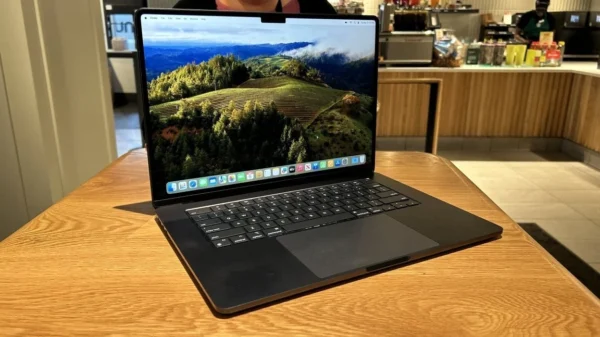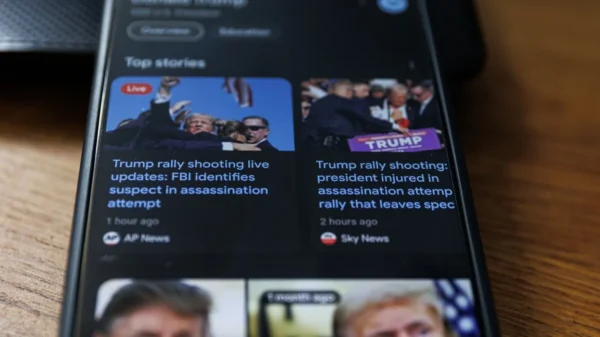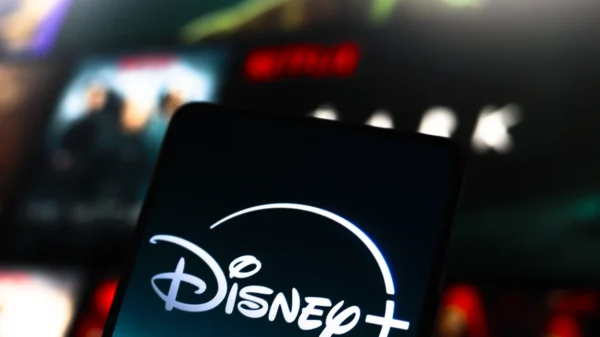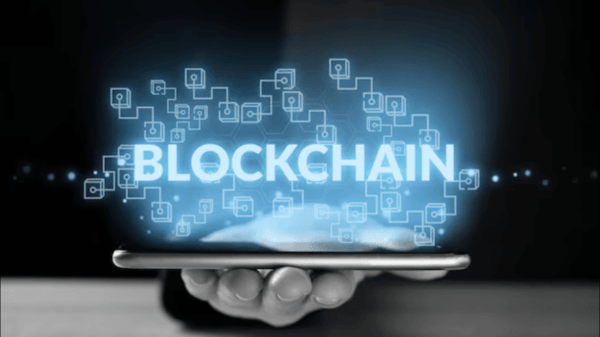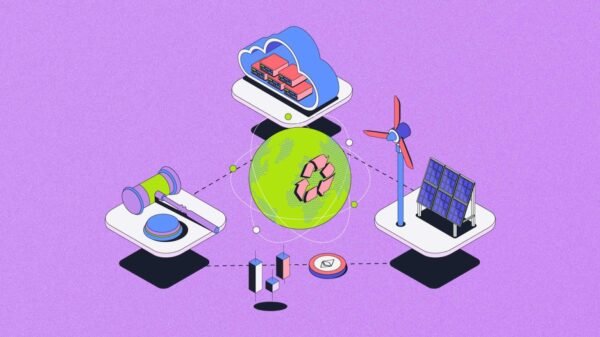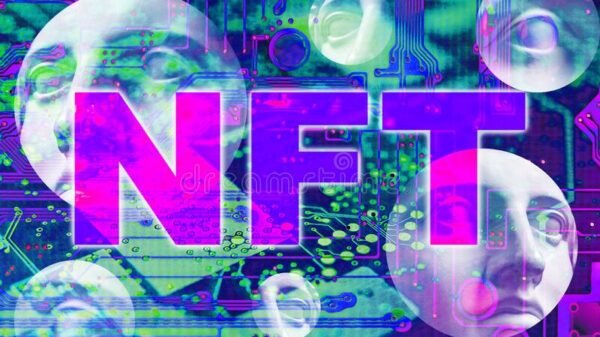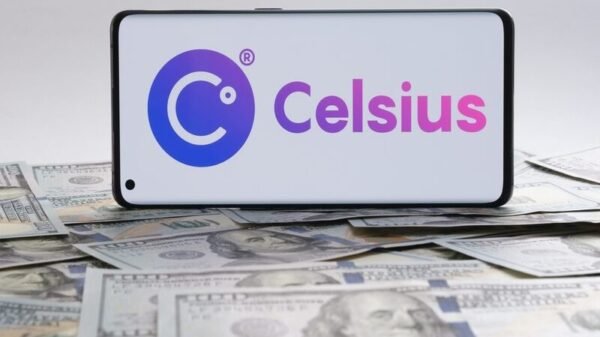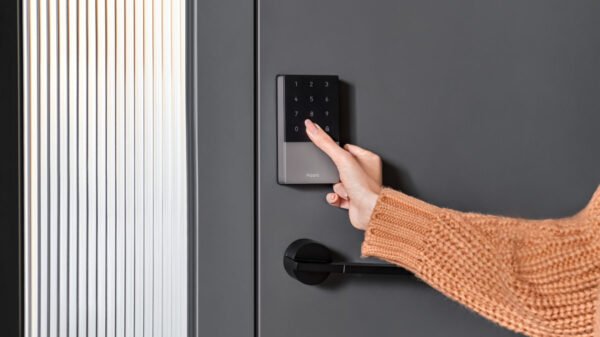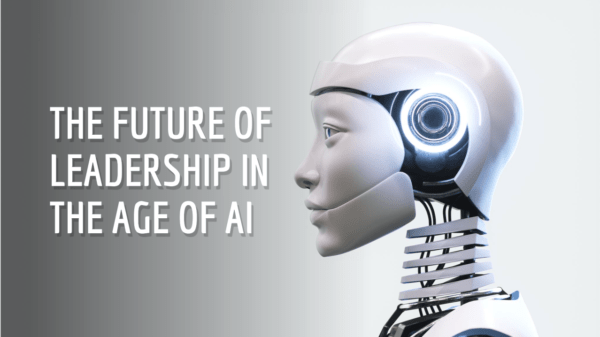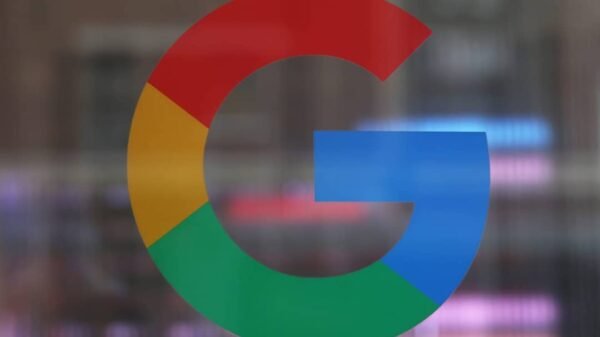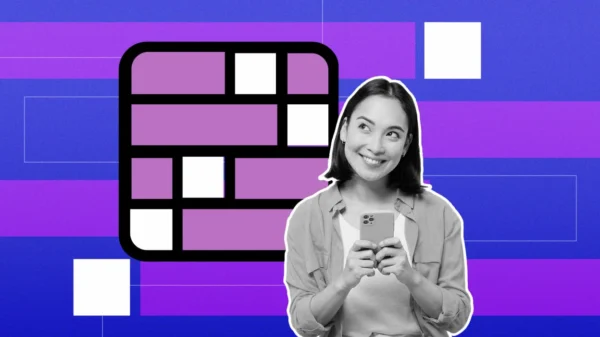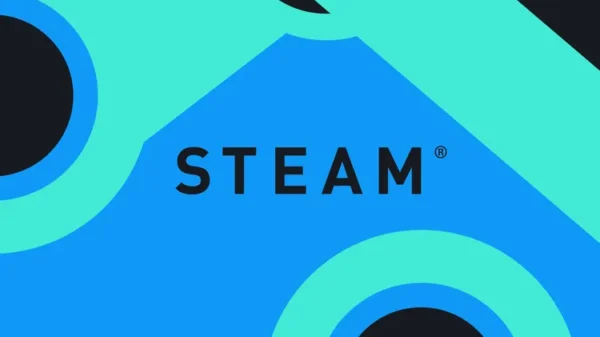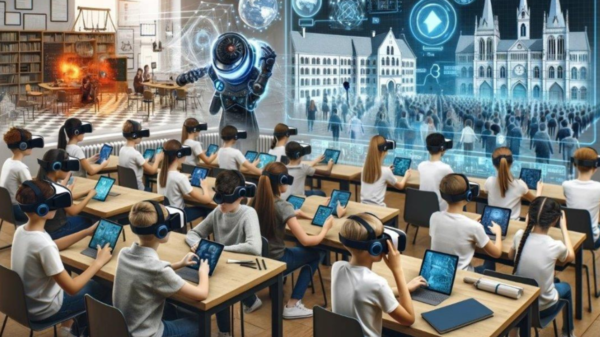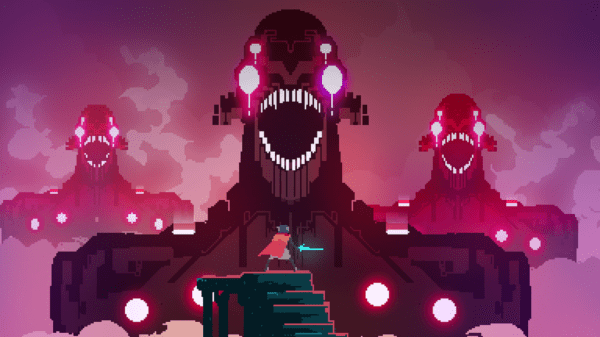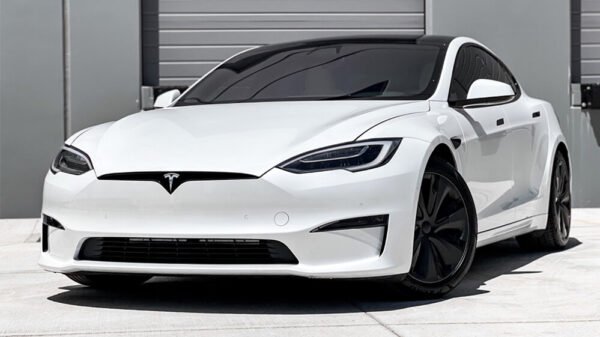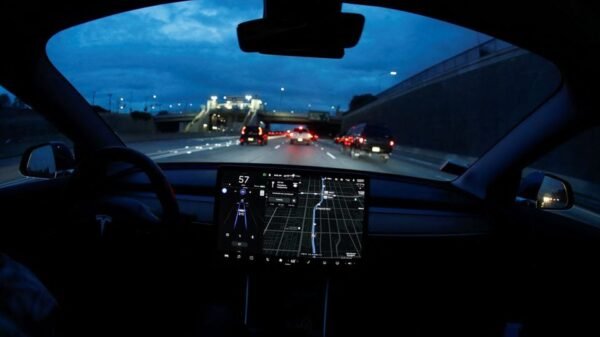Using Gamification Strategically to Engage Customers and Prospects
“Unveiling the captivating realm of strategic gamification for customer engagement.”
Key Takeaways:
- Gamification uses game elements for deeper engagement and participation.
- It taps into psychology by triggering dopamine and intrinsic rewards.
- Strategies involve personal paths, interactive challenges, and rewarding systems.
In the bustling world of modern business, where attention spans are fleeting, and choices abound, there’s a strategic secret that some of the savviest brands have embraced: gamification. Picture this – a captivating journey where customers and prospects are drawn into a web of challenges, rewards, and achievements, all meticulously designed to keep them interested and invested. It’s more than just a game; it’s a potent tool that turns the mundane into the thrilling and the ordinary into the extraordinary.
“The Power of Gamification in Customer Engagement” reveals the psychology behind this phenomenon, delving into how gamification taps into our innate desires for accomplishment, recognition, and even a bit of healthy competition. Beyond the points and badges lies a deeper connection – one that effortlessly guides individuals toward discovering and experiencing the true essence of a brand.
In “Key Gamification Strategies for Customer Engagement,” we’ll navigate the intriguing world of personalized progression paths. Imagine guiding users through a labyrinth of achievements tailored precisely to their preferences and behaviors, offering rewards and an unspoken understanding of their journey. We’ll unveil interactive challenges that spark friendly rivalries and time-bound missions that beckon participants to step up their game. These strategies forge bonds, not just between users and brands but among users themselves, creating a vibrant community driven by shared experiences.
Intrigued? You’re not alone. “Real-world Examples of Successful Gamification” paints a vivid picture of how big players like Starbucks, Duolingo, and Nike have mastered this art. With Starbucks’ ingenious stars system, coffee lovers aren’t just buying cups but collecting their achievement narrative. Duolingo, the language learning marvel, makes the uphill climb of mastering a new language feel like a series of delightful victories. In fitness, Nike’s app transforms workouts into epic quests, where completing challenges isn’t just about health but also about securing virtual trophies and joining a global fitness movement.
The Power of Gamification in Customer Engagement
In today’s dynamic business landscape, where brands constantly vie for consumer attention, gamification has emerged as a game-changing strategy. It’s not just about turning mundane tasks into playful activities; it’s about connecting on a deeper level, invoking a sense of purpose, achievement, and community. Let’s dive into the heart of this phenomenon and understand how gamification works its magic in customer engagement.
Understanding Gamification’s Impact
At its core, gamification involves applying game elements and principles to non-game contexts, like business or education. This strategic incorporation of gaming elements serves a grander purpose than mere entertainment – it captivates users, encourages interaction, and fosters a sense of active participation.
Gamification Defined
Gamification encompasses various components such as points, badges, leaderboards, challenges, and rewards. These elements intertwine to create an immersive experience that motivates users to engage more deeply with a brand, product, or service. Essentially, gamification leverages our innate human tendency to seek out rewards and recognition.
Psychological Motivations
The driving force behind gamification’s effectiveness lies in its ability to tap into psychological motivations. The anticipation of earning a reward triggers the brain’s pleasure center, releasing dopamine, a neurotransmitter associated with pleasure and motivation. When users achieve goals or surpass challenges, their brains register a sense of accomplishment, encouraging them to continue participating.
Tapping into Intrinsic Rewards
Unlike external rewards, such as discounts or tangible prizes, intrinsic rewards hold special significance. Gamification’s artistry connects users to intrinsic motivations like autonomy, mastery, and purpose. The joy of progress, the thrill of overcoming obstacles, and the satisfaction of achieving milestones all contribute to personal growth and fulfillment.
Key Gamification Strategies for Customer Engagement
Personalized Progression Paths
Imagine embarking on a journey tailored specifically to your preferences and behaviors. Personalized progression paths are the embodiment of this notion. Brands design intricate pathways that cater to individual users’ interests, guiding them through challenges and achievements that resonate. UUsers who conquer each milestone access to exclusive benefits, creating a sense of exclusivity and personal accomplishment.
Unlocking Exclusive Benefits
One of gamification’s most enchanting aspects is unlocking exclusive benefits. Users are enticed to complete certain tasks or meet specific goals in exchange for rewards that are not readily accessible. This fosters a feeling of accomplishment and progression, pushing users to invest more time and effort into the experience.
Fostering a Sense of Achievement
In a world where instant gratification is increasingly sought, gamification refers to the gratification of earned achievement. Completing challenges, reaching milestones, and collecting badges evoke genuine pride. The visual representation of these accomplishments on leaderboards or profiles further magnifies the sense of achievement, compelling users to engage further.
Interactive Challenges and Competitions
Imagine a digital arena where users engage in friendly duels of skill and wit. Interactive challenges and competitions form the backbone of gamification’s social appeal.
Friendly Competition among Users
Humans have an innate inclination towards competition. Gamification taps into this by pitting users against one another in friendly competitions. Whether it’s a fitness challenge or a trivia game, the thrill of outperforming peers drives users to participate actively.
Time-Bound Missions and Rewards
Urgency is a powerful motivator. Time-bound missions and rewards introduce an element of urgency to the gamified experience. Users are prompted to complete tasks within a specified time frame to earn rewards, creating an adrenaline rush bolsters engagement.
Enhancing Social Interaction
Gamification has the remarkable ability to turn solitary experiences into social adventures. Interactive challenges and competitions encourage users to engage with each other, fostering a sense of community. The shared pursuit of common goals binds users togensforming engagement from a solitary activity into a communal journey.
Reward Systems and Incentives
The intricate web of reward systems and incentives lies at the heart of gamification.
Types of Virtual Rewards
Virtual rewards can take various forms, from badges and points to virtual currency or digital trophies. These rewards serve as tangible representations of achievements, encouraging users to strive for more.
Connecting Rewards to Real Value
For gamification to be truly effective, rewards should bridge the gap between the virtual and the real. Whether it’s redeemable discounts or exclusive access, these rewards must offer real value to the users, ensuring sustained engagement.
Enhancing Long-Term Engagement
Gamification is more than a fleeting fascination. When wielded adeptly, it’s a strategic tool that leads to long-term engagement. Brands can maintain users’ interest over timeBrandss can maintain users’ interest over time by continuously introducing new challenges.
Real-world Examples of Successful Gamification
Gamification’s transformative power is best understood through real-world success stories, where brands have harnessed their potential to engage customers and prospects on a whole new level.
Starbucks’ Rewards Program
Collecting Stars for Freebies
Starbucks, a global coffee giant, has masterfully transformed its loyalty program into an addictive game. With each purchase, customers collect stars that unlock a series of rewards, from complimentary drinks to exclusive offers. This clever approach transforms routine coffee runs into an exciting progression, motivating customers to return for more.
Enhancing Customer Loyalty
Starbucks’ gamified rewards program doesn’t just dole out freebies; it nurtures customer loyalty. Users feel genuinely attached, knowing that every purchase contributes to their growing collection of stars. This emotional connection keeps Starbucks at the forefront of their minds whenever they crave coffee or camaraderie.
Blending Digital and In-Store Experiences
The beauty of Starbucks’ gamification lies in its seamless blending of digital and in-store experiences. Customers can track their progress, explore rewards, and even place orders through the mobile app. This fusion of technology and real-world interaction adds a layer of convenience and excitement that resonates with today’s on-the-go consumers.
Duolingo’s Language Learning Gamification
Learning through Progression and Streaks
Duolingo, the language learning app, has revolutionized education through gamification. Users progress through lessons, earning points for correct answers and completing daily goals. The concept of streaks, where users are encouraged to maintain a consecutive learning habit, instills a sense of discipline and achievement.
Building Daily Learning Habits
By gamifying language learning, Duolingo nurtures daily learning habits. The streak mechanism encourages users to dedicate a few minutes each day to their language journey, breaking down the daunting learning task to manageable and enjoyable chunks.
Incorporating Social Sharing
Duolingo enhances engagement through social interaction. Users can connect with friends, compare progress, and even compete in friendly challenges. This communal element adds a layer of accountability and motivation as users strive to outdo one another while embracing the joy of learning.
Nike’s Fitness App Gamified Challenges
Setting Physical Activity Goals
Nike’s fitness app takes exercising to new heights through gamified challenges. Users set personal activity goals, whether running a certain distance or completing a set number of workouts. These goals act as catalysts, inspiring users to push their physical boundaries.
Virtual Badges and Trophies
As in traditional games, virtual badges and trophies become symbols of achievement in Nike’s app. Completing challenges unlocks these digital rewards, which users can proudly display on their profiles. This visual representation of progress fuels a sense of accomplishment and motivates ongoing engagement.
Creating a Health-Conscious Community
Beyond personal achievement, Nike’s app creates a community of health-conscious individuals. Users share their accomplishments, offer support, and celebrate each other’s successes. This sense of belonging to a fitness-minded collective strengthens user commitment and loyalty.
Benefits of Gamification in Customer Engagement and Retention
The success stories of Starbucks, Duolingo, and Nike exemplify the manifold benefits that gamification brings to the forefront of customer engagement and retention.
Increased User Engagement
Active Participation and Exploration
Gamification turns passive interactions into active participation. Users willingly explore challenges, quests, and rewards, investing time and energy into the experience. This high level of engagement ensures that users don’t just scroll by; they dive in, interact, and immerse themselves.
Emotional Connection with the Brand
Through gamification, brands foster an emotional connection with their users. The thrill of achievement, the camaraderie of competition, and the allure of rewards weave a web of sentiment that binds users to the brand beyond mere transactions.
Extended Time Spent on Platforms
As users delve into the gamified experience, they spend more time on platforms. This extended interaction provides ample opportunities for brands to communicate their message, showcase products, and build lasting relationships.
Enhanced Learning and Skill Development
Continuous Learning in a Playful Manner
Gamification isn’t limited to entertainment; it’s a tool for education. Learning through gamified modules turns what could be considered tedious into an engaging experience, fostering continuous growth and knowledge acquisition.
Skill Improvement through Challenges
Challenges drive users to push their limits and improve their skills. Whether learning a language or mastering a fitness routine, gamification nurtures a growth mindset by rewarding effort and improvement.
Applicability in Various Industries
The beauty of gamification is its versatility. From language learning to fitness tracking, its principles can be applied across industries, adapting to each brand’s unique needs and goals.
Strengthened Customer Loyalty
Building a Community of Brand Advocates
Gamification creates communities of loyal brand advocates. Users who engage with gamified experiences often become passionate advocates, sharing their achievements and experiences with friends and family.
Higher Customer Lifetime Value
Loyal users who engage through gamification tend to stay with a brand for the long haul. This extended engagement translates to higher customer lifetime value, as users continue to interact and make purchases.
Decreased Churn Rates
Gamification plays a pivotal role in reducing churn rates.
Gamification and Customer Engagement
Some common questions emerge as gamification becomes an integral part of modern business strategies. Let’s tackle a few of these queries head-on.
How does gamification increase customer engagement?
Gamification leverages the innate human desire for rewards, achievements, and competition. By incorporating game-like elements into experiences, brands create a sense of excitement and purpose, motivating users to interact more deeply and consistently.
What is an example of gamification for customer engagement?
One standout example is Starbucks’ rewards program, where customers collect stars for various activities, leading to free drinks and exclusive offers. This strategy enhances customer loyalty and transforms routine purchases into an engaging and rewarding journey.
How does gamification improve customer engagement and retention?
Gamification fosters emotional connections as users engage with brands beyond transactional interactions. By tapping into intrinsic motivations and creating communal experiences, gamification enhances user engagement and, in turn, boosts customer retention rates.
What are the gamification strategies?
Gamification strategies encompass personalized progression paths, interactive challenges, and reward systems. Brands tailor experiences to individual preferences, foster social interaction through challenges, and offer virtual rewards that connect to real value, ensuring sustained user engagement and loyalty.
Conclusion
In a world where attention is a prized possession and brand loyalty is a coveted achievement, gamification emerges as a beacon of innovation and engagement. As we journey through the intricacies of this strategic approach, one thing becomes abundantly clear – gamification is more than just a fleeting trend; it’s a transformative force that reshapes how brands interact with their customers and prospects.
From the allure of Starbucks’ stars to the thrill of conquering challenges on Duolingo, real-world success stories illuminate the potential of gamification to captivate audiences. These stories aren’t mere anecdotes; they are a testament to the fact that gamification isn’t just about play; it’s about creating experiences that resonate, motivate, and elevate.
The benefits of gamification span a spectrum, from increased user engagement that turns casual interactions into fervent participation to enhanced learning and skill development that empower individuals on their journeys. And let’s not forget the cornerstone of it all – strengthened customer loyalty. Gamification forges connections beyond transactions, building communities of advocates who stand by brands and champion their offerings.
Yet, challenges persist. The delicate balance between complexity and accessibility, the imperative of inclusivity, and the constant need for adaptation all demand strategic finesse. But by addressing these concerns, brands pave the way for experiences that captivate a wider audience while remaining relevant in a rapidly evolving digital landscape.
As the curtain falls on our exploration, remember this: gamification is more than a strategy; it’s a philosophy that understands the heart and mind of the modern consumer. It taps into our inherent desire for growth, recognition, and connection. It takes mundane tasks and turns them into epic quests, and it takes routine interactions and turns them into moments of excitement.

